#{Title}
#{Copy}
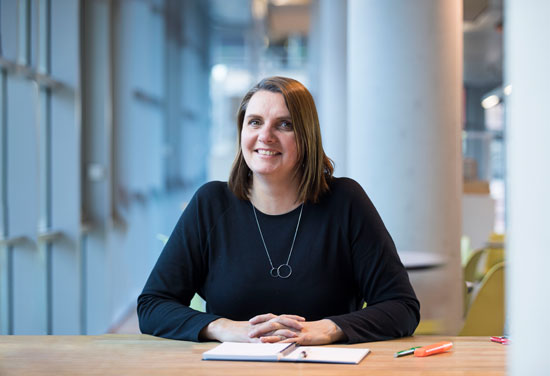 Responsible for delivering some of our most innovative and award winning schools, Sue Emms leads interdisciplinary teams on a range of projects and is our education sector advisor for northern England.
Responsible for delivering some of our most innovative and award winning schools, Sue Emms leads interdisciplinary teams on a range of projects and is our education sector advisor for northern England.
The education sector is a changing landscape of diverging trends. Whilst the renewal and expansion of schools has shifted to a challenging low cost, prescriptive design approach, we seem to be entering a golden age of capital investment in universities which offers the opportunity to transform teaching, learning and research on a global scale.
Higher education in the UK has experienced a monumental change over the past five years with the advent of tuition fees and the decline in government grants. Next year, the cap on student numbers will be lifted, intensifying an already hugely competitive market and rising expectations of students. Universities are now investing and the impact on the construction industry will be significant. In May this year the country’s top (Russell Group) universities announced a £9 billion spending spree on new facilities over the next three years. This investment focuses on enhancing the student experience, providing world-class facilities for teaching and research and developing sustainable estates that can adapt to changing student numbers as well as hitting the HEFCE carbon reduction targets.
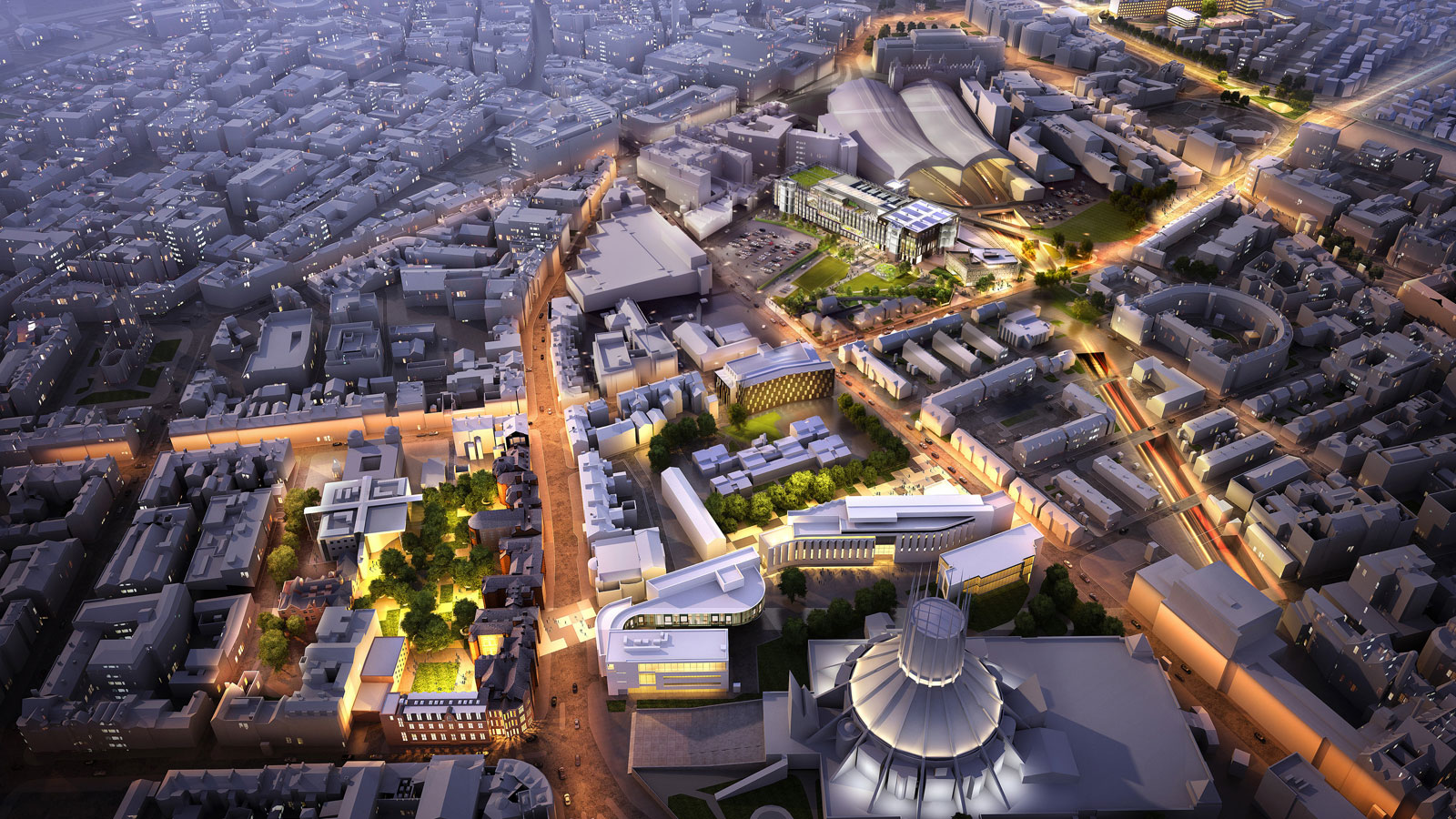
The masterplan for Liverpool John Moores University rationalises their existing estate and relocates all key university activities within one compact, sustainable, city-centre campus. Whilst it will offer an exceptional student experience, it emphasises the university’s role in Liverpool’s future. This will be to provide an engine for economic growth, thereby impacting positively on society and the city’s cultural life.
With four UK universities within the world’s top ten research universities and more Nobel prizes per capita than any other large nation, UK universities are also investing heavily in new world-class science and technology research facilities.
A common theme within our designs for these facilities is an emphasis on interdisciplinary working, both within the university and with industrial partners. The Technology Innovation Centre for the University of Strathclyde brings together academics, researchers, engineers and leading industrial partners to work side by side in a state-of-the-art building. The design for the Department of Chemical Engineering and Biotechnology building for the University of Cambridge creates an uninterrupted, reconfigurable wrap of serviced laboratory space, enclosing a social hub where researchers, teachers, undergraduates and administrators converge.
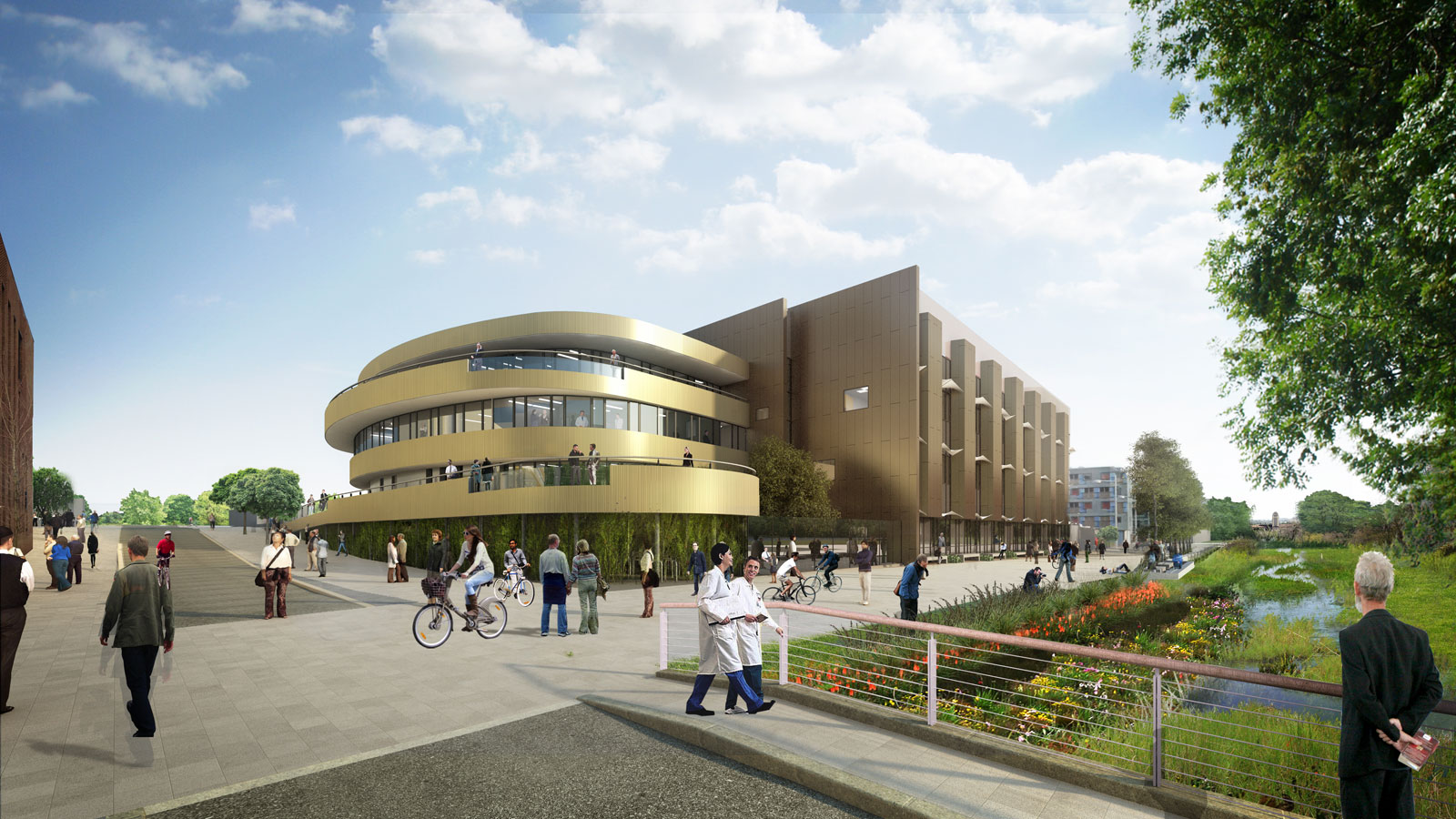
 Whilst home student numbers have been maintained, UK universities are in intense competition for international students on the global stage. Universities and their selected partners are providing new facilities to support emergent pathways for international students leading to enhanced recruitment. Ambitious UK universities are also branching out, creating satellite campuses abroad. Our new campus for Xi’an Jiaotong Liverpool University in Suzhou, China accommodates a range of academic buildings and our recent design for the International Business School Suzhou on this campus mixes teaching, research and business engagement, offering a creative and professional context supporting their aspiration to become one of the top business schools worldwide.
Whilst home student numbers have been maintained, UK universities are in intense competition for international students on the global stage. Universities and their selected partners are providing new facilities to support emergent pathways for international students leading to enhanced recruitment. Ambitious UK universities are also branching out, creating satellite campuses abroad. Our new campus for Xi’an Jiaotong Liverpool University in Suzhou, China accommodates a range of academic buildings and our recent design for the International Business School Suzhou on this campus mixes teaching, research and business engagement, offering a creative and professional context supporting their aspiration to become one of the top business schools worldwide.
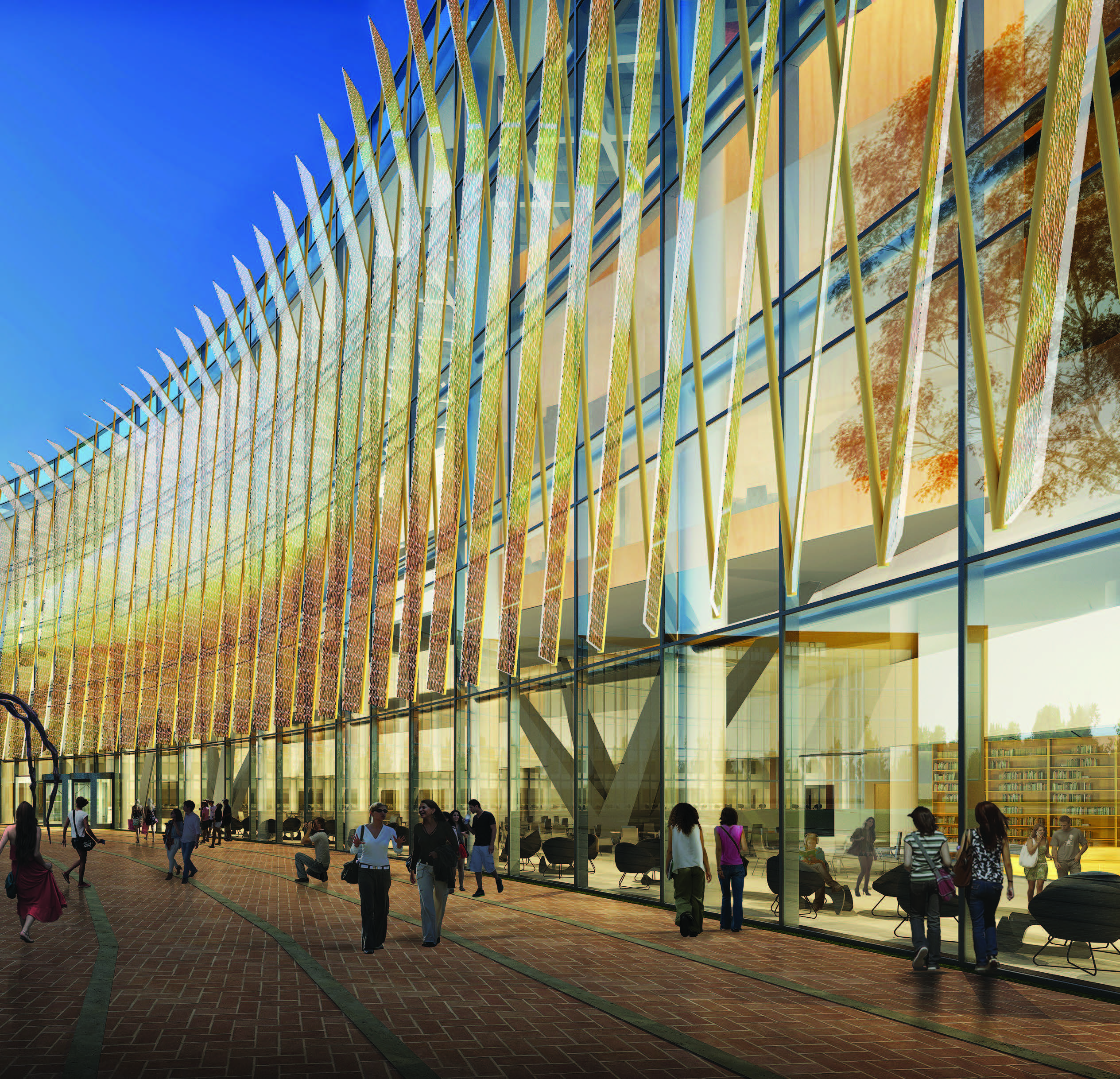
The new school buildings programme in England (PSBP) is in stark contrast to the emerging unique student-centred projects within the higher education sector. Over the past few years, we have seen the English government’s thinking on the design of schools change from an agenda which aspires to create educational transformation and the creation of learner-centred environments to a new emphasis on speed, efficiency, value for money and low-cost. The PSBP programme suggests all schools should be the same; built to one of a small menu of standard baseline templates with limited user engagement.
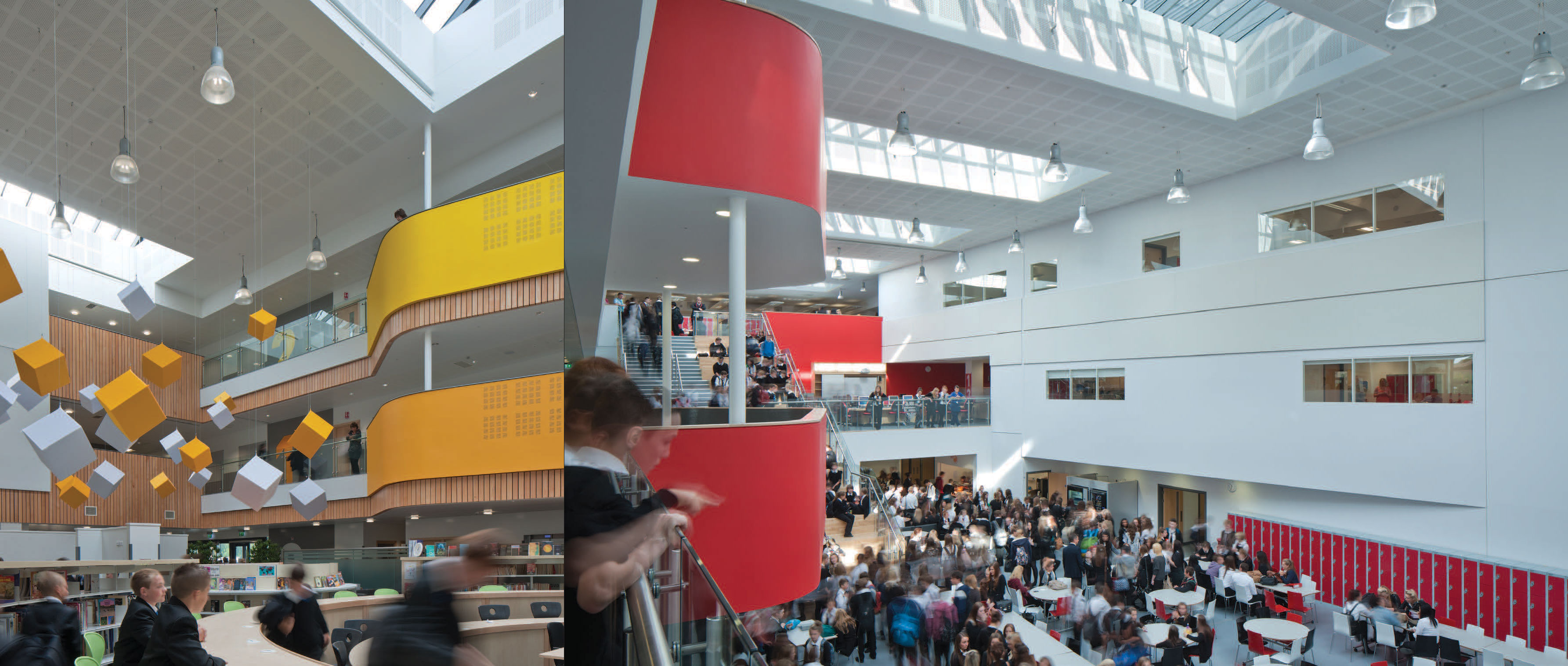
In response to challenging new budgets we have developed an approach promoting more compact, regular and efficient schools, utilising tried and tested solutions to certain elements consistent across schools whilst also focusing on the differentials which give each school its unique identity, character and appeal, as well as finetuning them to their site specific context. St John Bosco Arts College in Liverpool takes this approach; a large single-span ‘learning box’ fitted out internally to respond to the school’s specific transformational approach to delivering flexible pupil-centric learning spaces. The school is uplifting and inspirational; a long way from the baseline templates in every respect except for the tight budget within which it was delivered.
Whilst St John Bosco illustrates that, with a strong creative and educational approach, much can be achieved on a very tight budget the wider political agenda and economic circumstances have resulted in a rigid, cost driven one size fits all approach to school design based on traditional teaching methods. The new golden age of capital investment in universities should take note.
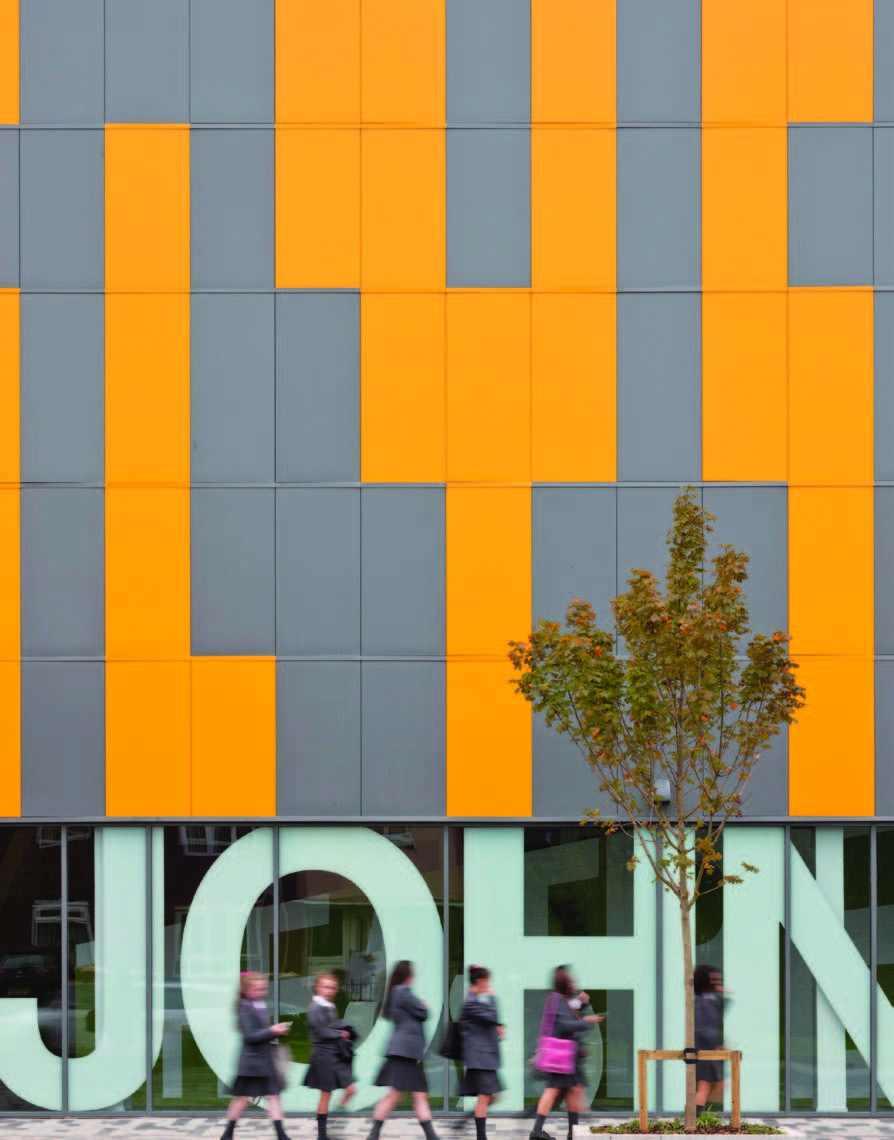
The next generation of student-centred learning environments should be timeless and capable of responding to future change. At the same time it should promote the individual values of the institution and enhance user experience within creative and collaborative environments.